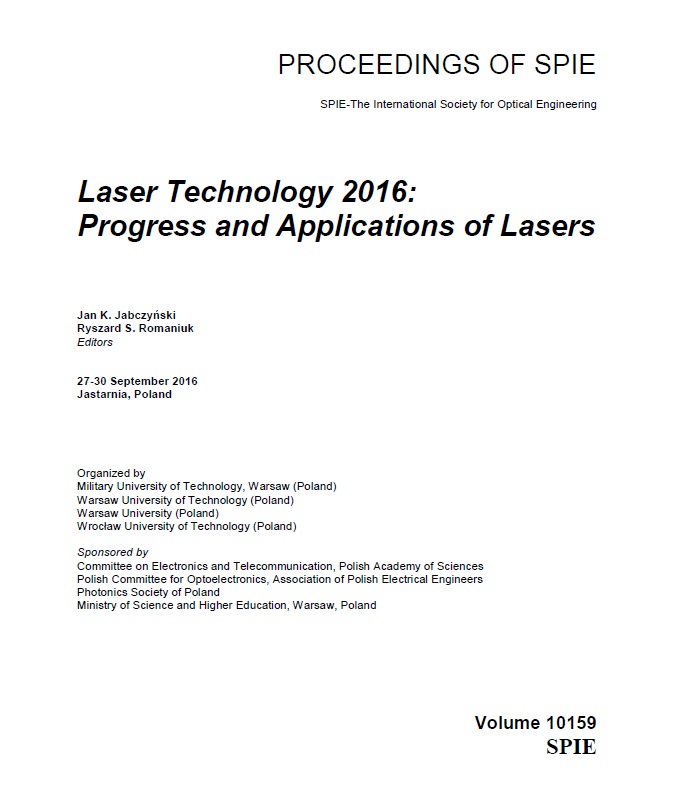Zapisywanie danych...
Abstract: Laser-assisted forming techniques have been developed in recent years to aid plastic working of materials, which are difficult in processing at normal temperatures due to a high brittleness, effects of high work-hardening or a high spring-back phenomenon. This paper reports initial experimental investigations and numerical simulations of a mechanically-assisted laser forming process. The research is aimed at facilitating plastic shaping of thin-walled parts made of high temperature resistant alloys. Stainless steel plate, 1 mm thick, 20 mm wide, was mounted in the cantilever arrangement and a gravitational load was applied to its free end. A CO2 laser beam with rectangular cross-section traversed along the plate, towards the fixed edge. Laser spot covered the whole width of the plate. Experiments and simulations using the finite element method were performed for different values of mechanical load and with constant laser processing parameters. Experimentally validated numerical model allowed analysis of plastic deformation mechanism under the hybrid thermo-mechanical processing. The revealed mechanism of deformation consists in intense material plastic flow near the laser heated surface. This behavior results mainly from the tension state close to the heated surface and the decrease of material yield stress at elevated temperature. Stress state near the side edges of the processed plate favored more intense plastic deformation and the involved residual stress in this region. © (2016) COPYRIGHT Society of Photo-Optical Instrumentation Engineers (SPIE). Downloading of the abstract is permitted for personal use only

